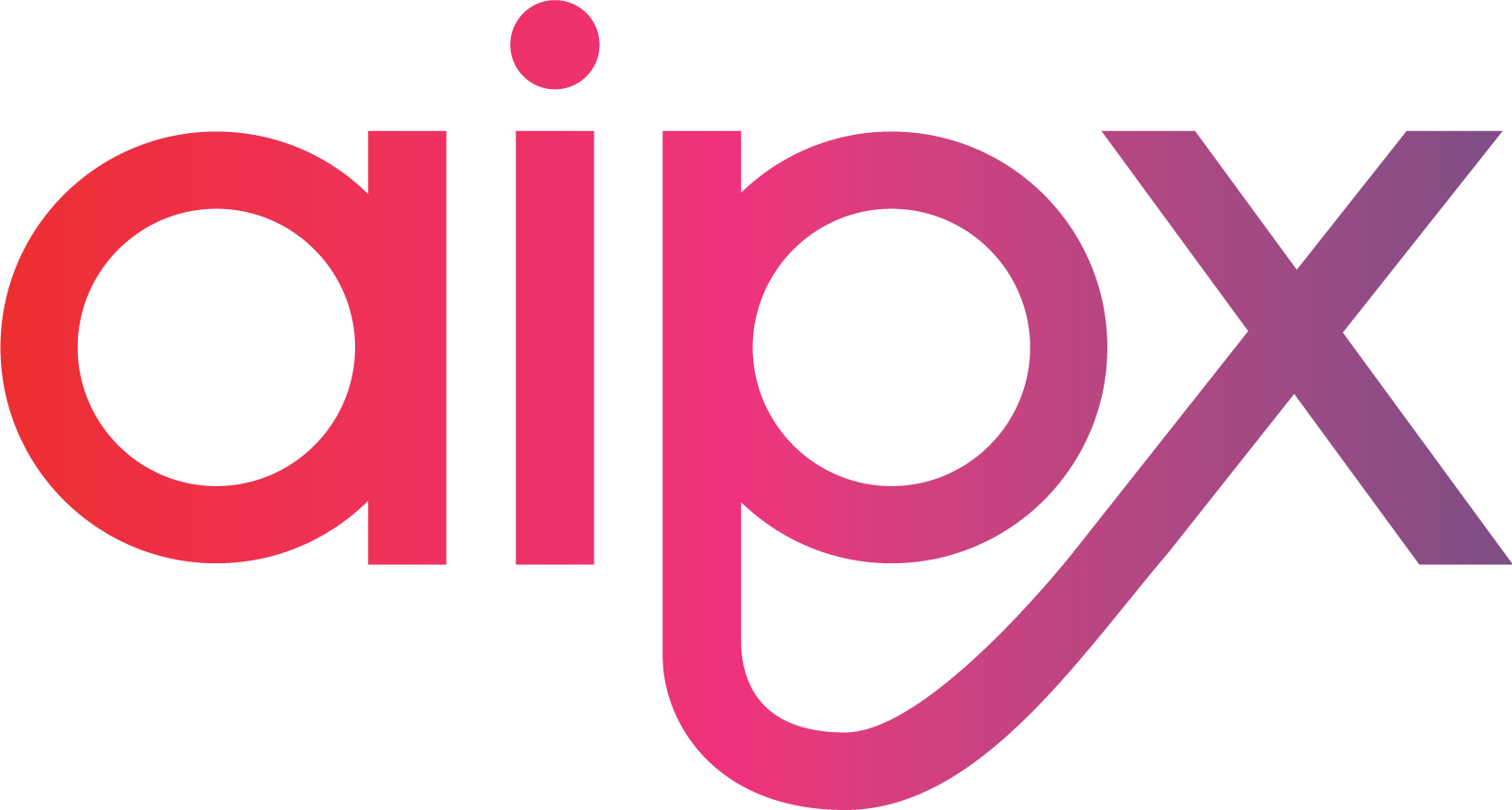If you downloaded this guide, you probably know you have some work to do when it comes to mastering your “networking” technique. Don’t worry — you’re not alone.
Starting a conversation with someone through a computer screen? Sure, no problem — you can handle that. Walking into a room of crowded people, walking up to a stranger, and starting an intriguing conversation? No, no, no, no — you’d definitely rather stand in the corner by the snack table and pretend to be ridiculously busy on your iPhone so no one will attempt talking to you, but that’d be a waste of the registration fees you already paid.
So what do you do? Stand on the side and picture everyone in their underwear?
Let’s be honest — that’s a little weird and will probably actually make you more uncomfortable. There really is no need to get so worked up, we promise. All you need to do is follow these simple tips and tricks about what to do before, during, and after your networking event, and you’ll be a networking pro in no time.
LEVERAGE SOCIAL CHANNELS
If you’re a marketer, you’re probably already great at making new connections on social media sites like Twitter and LinkedIn, which is much less scary than making connections in-person. So let’s start there!
Twitter is a fantastic resource for connecting with conference attendees ahead of time. Hashtags (#) are regularly used to facilitate conversations at events. For example, INBOUND 2013’s official hashtag is #INBOUND13. People attending this marketing conference can use the hashtag to tweet about the event, and find other people who are also talking about it on Twitter. Here’s how you can use Twitter to find conference attendees ahead of time:
Tweet that you’re attending! If you’re a bit nervous about reaching out to other people on an individual basis, start by making it easy for other attendees to find you and reach out to you. For example, you can tweet:
“So excited to go to #INBOUND13 in August! Tweet at me if you’ll be there, too.”
Search for the conference hashtag. If other people are excited about the event and are tweeting about it, you should be able to find them if they’re using the hashtag. Just do a Twitter search for the hashtag, such as #INBOUND13, to find other people talking about the event.
Regularly check for new attendees. Set up a Twitter feed in Tweetdeck, HootSuite, HubSpot, or whatever you use to monitor your Twitter feeds. Create a new stream that monitors the hashtag that promotes the event. This way you can keep up with the latest conversations that happen about your event.
Create a Twitter list. To keep yourself organized, create a twitter list of all of the attendees that you find. Title the list: “People Attending #INBOUND13” (substitute the appropriate hashtag) and make it public. This way, the people who you add to the list will see that you’ve added them to the list, making you look like a networking superstar. People love to follow leaders, so you’ll open up your networking opportunities.
icon-ok [/icon] Follow & Tweet. Review these people’s bios and Twitter streams, and see if you have anything in common that you could chat about at the event. Then follow them, and send a tweet their way saying that you’ll be at the event too and that you’d love to meet up.
While you might not want to connect with strangers on Facebook (really, when’s the last time you accepted a friend request from a stranger?), it could be a good way to find other people who are attending your event, or learn a bit more about them — if their profiles are public. Here’s how you can use Facebook to prepare:
Find the conference event page. It’s likely that the conference will have a dedicated event page. Use Facebook search to find the event, and then click “Attend” to add yourself to the roster of attendees.
Write on the wall of the event. Post on the wall of the event that you’re looking for people in order to connect with them at the event. Make sure you include a some information about yourself, and the type of people you’d like to connect with. Provide a link to your LinkedIn profile in case people feel more comfortable connecting with you there.
Compile a list of people you want to connect with. Again, many people only use Facebook to connect with friends. In fact, messages sent from non-friends will go into the “Other” folder of your Facebook inbox — so people won’t even know if you send them a message unless they specifically check this folder. Compile the names of people you want to reach out to, but make your connections on Twitter or LinkedIn.
You should also use the weeks you have prior to the event figuring outwhat you want to say to people. What are your goals of networking at the conference? What do you want to learn from other people? Then make sure you plan the following elements:
Explain your company. Come up with a sentence or two that quickly and accurately explains what your company does. Make sure itincludes what the primary benefit is to your customers, and leave out unnecessary jargon that people new to the industry might not understand.
Explain your role. Be able to concisely explain your role at your company. This will help people you interact with understand how you might be able to help them individually. And it will make you look less silly, which is a nice perk.
Compile a list of questions. After exchanging introductions and niceties, the most awkward moment is when you don’t know what to say next, and the two of you are just standing there… awkwardly… staring at the croissants you’re holding. To prevent this scenario, have a list of stock questions ready to go that can be applied to anyone. On the next page, you’ll find a list of sample questions you can ask.
Example Questions
- Where are you from?
- How long have you been at XYZ company?
- Where were you before joining XYZ company?
- How did you become interested in XYZ industry?
- What are you hoping to get out of this event?
- What sessions are you most looking forward to?
- Which have been your favourite speakers so far?
- Which other conferences are you attending this year?
- I am trying to improve at XYZ — How did you go about that?
Related Posts
March 21, 2022
No Cap, this Article is Lit
If this title doesn’t make sense to you, rest assured every single Gen Z…
March 20, 2022
Diversity, Inclusion and Creativity…Now What?
If you’re working, running that side hustle or over 16, you would have heard…
March 1, 2022
All Buzz, No Action
Buzzwords give us a sense of comfort; a sense of belonging. They make us feel…



